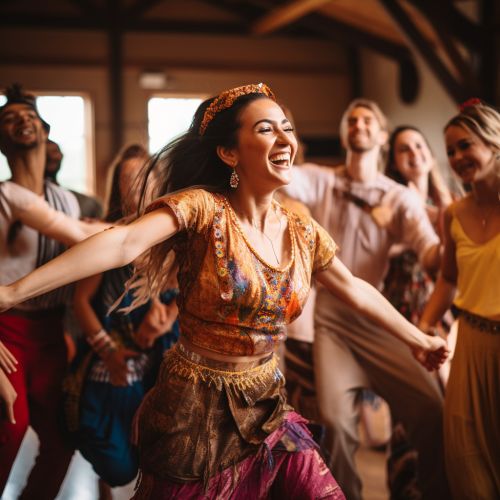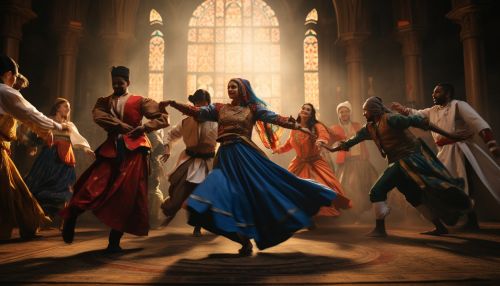Dance Anthropology
Introduction
Dance anthropology, also known as the anthropology of dance, is a specialized field within the broader discipline of cultural anthropology. It focuses on the study of dance from a cultural and societal perspective, examining how dance functions within particular societies, the meanings attached to dance, and the role it plays in the construction of cultural identities.


History and Development
The field of dance anthropology emerged in the mid-20th century, alongside the growth of ethnomusicology and the broader shift towards the study of culture in anthropology. Early pioneers in the field, such as Gertrude Kurath, Joann Kealiinohomoku, and Alan Merriam, sought to establish dance as a serious subject of anthropological inquiry, arguing for its cultural significance and its potential to shed light on a society's values, beliefs, and social structures.
Methodology
Dance anthropologists employ a variety of methods to study dance, often combining techniques from both anthropology and dance studies. Participant observation, a cornerstone of anthropological research, is frequently used, with the researcher participating in dance practices to gain a deeper understanding of their cultural significance. Other methods include interviews, video analysis, and the study of historical texts and artifacts.
Dance as Cultural Expression
Dance anthropology views dance not merely as a form of entertainment or artistic expression, but as a cultural phenomenon that reflects and shapes societal norms, values, and identities. Dance can serve as a form of non-verbal communication, conveying messages about gender, status, and power relations within a society. It can also play a key role in religious rituals, social gatherings, and other cultural events.
Dance and Identity
Dance can play a crucial role in the construction of cultural and personal identities. For instance, traditional dances often serve to reinforce a sense of cultural heritage and community identity. On a personal level, dance can provide a means of self-expression and a way of negotiating one's place within a society.
Dance and Power
Dance can also be a site of power relations and social control. For example, certain dances may be restricted to specific genders, age groups, or social classes, reflecting and reinforcing existing power structures within a society. Conversely, dance can also be a tool of resistance, with marginalized groups using dance to challenge dominant norms and assert their own identities.
Dance and Globalization
In the context of globalization, dance anthropology examines how dance forms move across cultural boundaries and what happens when they do. This includes studying the appropriation of dance forms, the commercialization of traditional dances, and the impact of global media on local dance practices.
Conclusion
Dance anthropology offers a unique lens through which to view and understand culture. By studying dance, anthropologists can gain insights into a society's values, beliefs, power structures, and identities, as well as the ways in which these elements are negotiated and expressed through movement.
